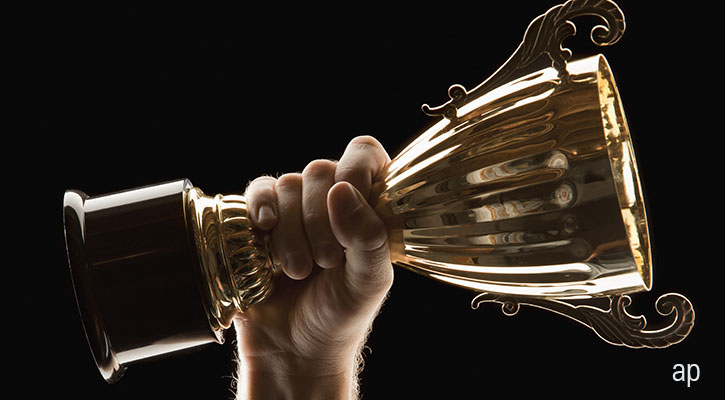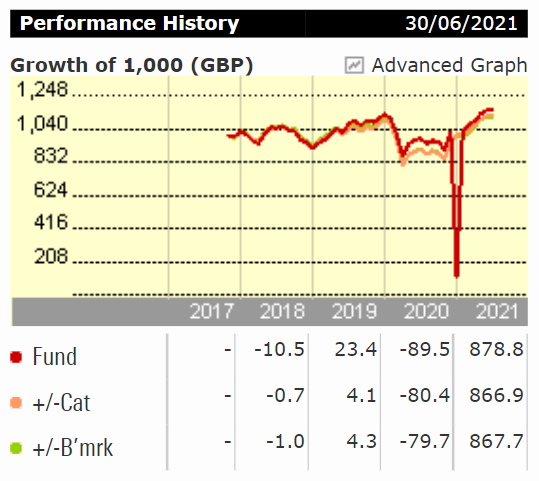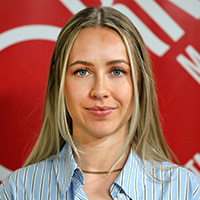
In a highly chaotic year, some funds have struggled, others have excelled, and some have managed to do both.
We recently wrote about the funds that fell from hero to zero, and the varied list features funds operating in the equity, bond and infrastructure space. Now we are flipping the narrative to look at how last year’s worst performers are bouncing back in recent months.
And the worst to first list is even more varied than our hero to zero. In total, nine funds have gone from the bottom decile of their Morningstar category 2020 to the top decile of their group, including two from UK equities, two from emerging markets, and four bond funds. Of those nine, five were in the bottom 5% in overall performance last year and are now in the top 5% of their group. And, an additional curious fund also made the list.
Three of the five funds in our list invest in bonds: two in corporate bonds and one in government bonds. There are also two equity funds: Japan large-caps and UK small-caps. This is similar to our hero to zero list, which interestingly included funds from almost all the same categories.

L&G Sterling Income
The corporate bond fund has returned less year to date (1.45%) than in 2020 (3.58%), but in a period where other bond funds have even lower performance. The three-star fund, which has a Morningstar Quantitative Rating (MQR) of Neutral, has moved from the 97th percentile of its category to the second. The fund almost fully replicates the Markit iBoxx Sterling Non-Gilts ex BBB Total Return Index, and compared with its peers, is underweight in government bonds and overweight in debt with five- to seven-year maturities. The annualised return for the past three years sits at 3.93%, which is similar to its peers, but the fund performs poorly compared to the category benchmark. However, we like parent company LGIM, which appointed a new CEO in 2019 and charges low fees on its passive range.
Royal London Diversified ABS
The Royal London fund jumped from the bottom place at the end of 2020 to first at the end of the first half of this year. The two-star fund is up 3.44% year-to-date and has delivered annualised returns of 2.79% over three years. Unlike L&G, it saw growth from 1.43% in 2020 to 3.44% so far this year. Compared to its category, Diversified ABS has lower interest rate sensitivity, an underweight position on corporate debt, and an overallocation to AA-rated bonds and debt with 10-15-year maturities – which has helped the fund earn a Silver MQR. It also has an above-average risk-adjusted performance, but a mixed track record: while it has successfully weathered storms, the fund has lagged the category index by 1.5 percentage points over an eight-year period.
Royal London Short Duration Gilts
On the other hand, Royal London’s government bond fund has a Gold MQR. It is the only fund to be in top fifth percentile with a negative return, down 0.43% year to date. In 2020, the fund grew 1.36%, putting it in the 97th percentile of its category. The two-star fund has an underweight position in debt with 15-20-year maturities and an overweight in securitised debt. That said, as it takes on lower credit risk and interest-rate sensitivity by holding almost 95% AA bonds, it is less exposed to market turmoil.
Man GLG Japan CoreAlpha
The Japanese large-cap fund has managed to leap from the 100th percentile and a -13.99% return in 2020 to the top percentile and 16.52% growth year to date. This is in stark contrast to its hero to zero-peer T. Rowe Price Japanese Equities, which lost 7.48% and fell from the fourth to the 98th percentile. The one-star fund has a Morningstar Analyst Rating of Neutral as most of its senior team retired in March 2021. This has been seen as a setback, however, recent performance could help instil confidence in the new team. It has high exposure to financial services and consumer cyclical, and almost half of its investments have no moat. Its biggest holdings are Toyota (7203), Honda (7267), Mitsubishi UFJ (8306) and Canon (7751).
Aberforth UK Small Companies
This small-cap UK equity fund has managed to flip from a negative 15.07% return in 2020 to 33.9% this year: a jump from the 99th percentile to the top 1% of its cateiry. But with a 3-year annualised return of 5.65% it is still not beating the longer-term returns of its peer Baillie Gifford British Smaller Companies (which fell from the 4th to 99th percentile but has an annualised return of 9.81%). The fund has 1-star rating and Neutral MQR due to its focus on value companies. It has underperformed over the long term, lagging the category index by an annualised 1.3 percentage points over the past 10-year period. Top holdings include Reach (RCH), Redde Northgate (REDD), Morgan Advanced Materials (MGAM) and Vitec (VTC), and 25% of the fund is held in the top 10 stocks.
AI UK Eq Alpha UK Institutional
Finally, we have an additional fund to add to our list. The Aviva UK large-cap equity fund appeared as the top flip in our data, which showed a leap from the 100th percentile to the first, going from a negative return of -89.54% in 2020 to a whopping 878.83% in 2021. However, as the graph shows, this is due to a short-term dip at year-end, and overall, its performance is fairly stable. The fund aims to grow investments over the long term (5 years or more) by investing 80% in UK companies. The reason for the dip is unclear. We contacted Aviva for comment on the performance.






























